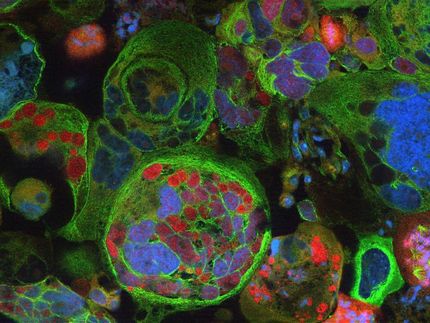Forecasting cancer recurrence
Advertisement
Two people with the same kind of cancer who receive the exact same treatment may nevertheless have different chances of their tumors coming back years later. Now a team of scientists has developed a computer model that predicts cancer recurrence in an individual based on how her tumor changes size in response to the first rounds of radiation therapy.
The team, headed by Jian Z. Wang, director of the Radiation Response Modeling Program at the James Cancer Hospital and Solove Research Institute of Ohio State University in Columbus, will present the findings at the 51st Annual Meeting of the American Association of Physicists in Medicine (AAPM) in Anaheim, California.
Huang and colleagues at Ohio State University studied 80 women with cervical cancer who were diagnosed with tumors ranging from the size of a marble to the size of a grapefruit. Each woman was treated with a course of radiation therapy. After few weeks of radiation treatment, the volume of each shrinking tumor was measured using an MRI scanner.
By fitting a mathematical model to this data, Huang calculated two things important for understanding how the tumors were responding to the radiotherapy: the fraction of cancerous cells that survived each of the daily radiation treatments and the amount of time it took each woman's body to clear away and flush out those cells that were destroyed. The two properties vary from individual to individual and from tumor to tumor.
These numbers could be used to predict whether or not a woman's cervical cancer would come back years after her treatments. If each daily radiation treatment annihilated at least 70 percent of a tumor, a woman had a 30 percent better chance of avoiding recurrence than an individual with a more resistant tumor.
Similarly, women whose bodies took longer than 22 days to clear out dead cells after each treatment were almost twice as likely to see their tumors reappear down the road.
The results, presented at this year's AAPM meeting, suggest that not all cervical cancers are the same. To improve treatment, said Wang, patients should be grouped based on whether their tumors are radioresistant or radiosensitive.
























































